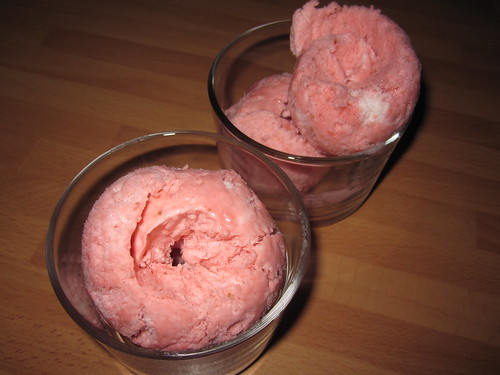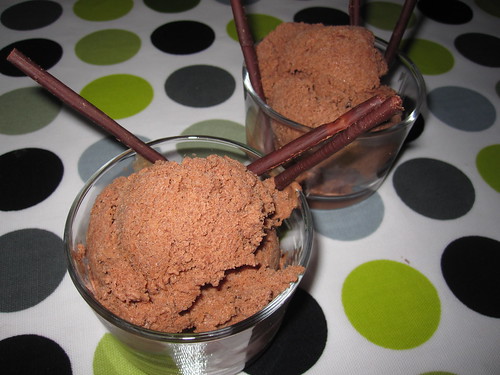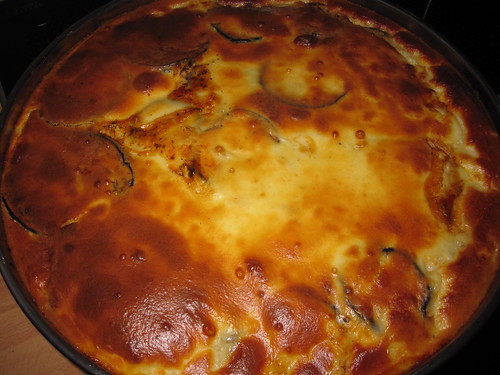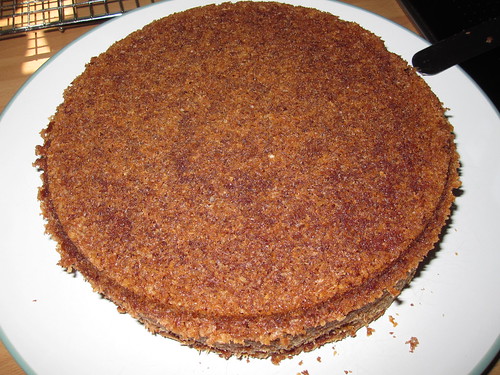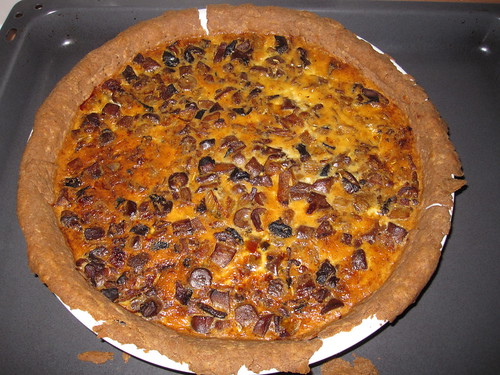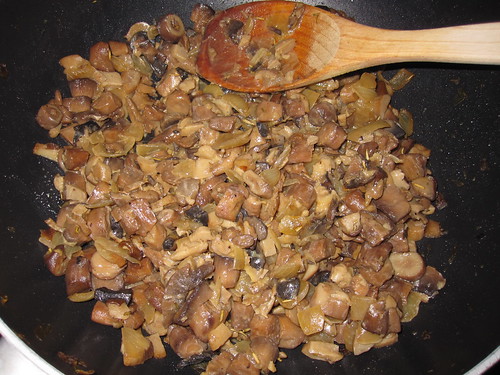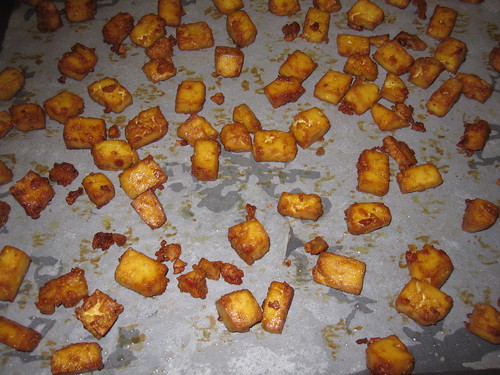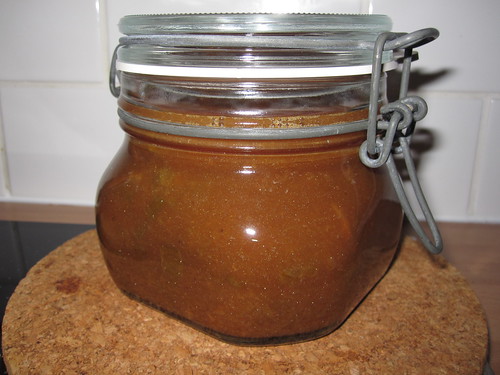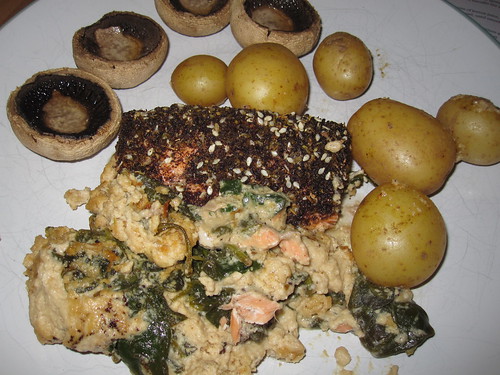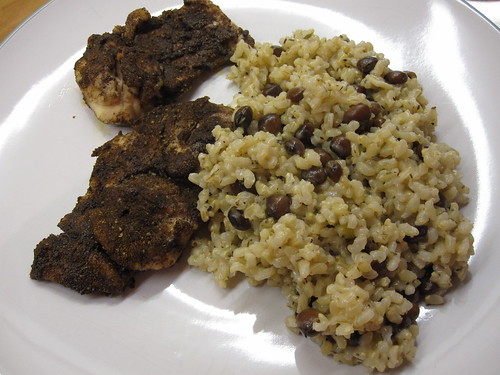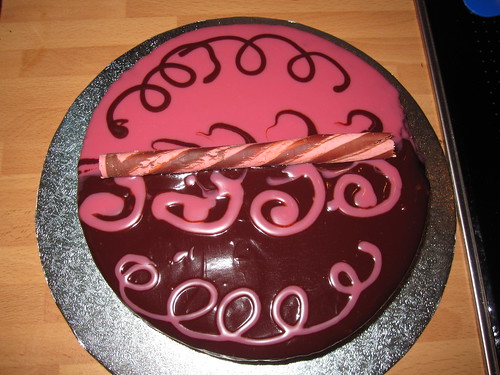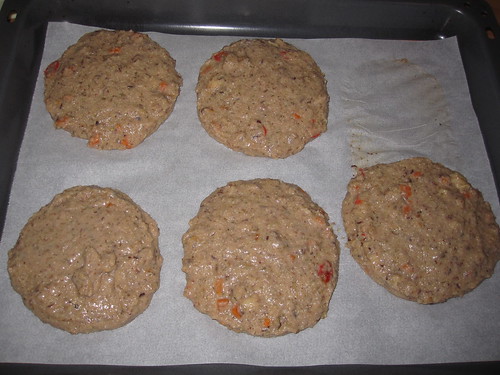
We've now been in a lockdown for some 2 months and I've found a wondeful baker whose videos are just mesmerising. She publishes videos as Boone Bake and I believe she's from Korea and after spending a few hours watching her lovely creations, I decided to try this one for my birthday.
Ingredients
Pastry
125 g strong flour
125 g plain four
150 g unsalted butter
55 g water
6 g sugar
1 g salt
1 large yolk
Mould
grapeseed oil
Glazing
1 large yolk
5 g full milk
Strawberry compote
200 g strawberries
60 g granulated sugar
1 tbsp lemon juice
Vanilla cream filling
4 large yolks
60 g granulated sugar
20 g plain flour
10 g corn starch
400 g full milk
2 tsp vanilla essence
50 g white chocolate
60 g condensed milk
280 g double cream,whipped to stiff peaks
Decorations
selection of colourful fruit
For each part of the recipe, I measured up each ingredient in its own bowl and lined them up in the correct order before starting. I pretty much followed the video instructions, however, I split up the different parts and made them on different days, since I didn't want to go tired and mess up my cake by doing a shoddy finish.

With regards to the pastry, one thing that isn't clear from the video is how long it takes to get the butter mixed in with the flours, I think I chopped and chopped around in the bowl with the dough scraper for ages, changing hands as they got tired. I tried using both hands with two scrapers and I also tried holding two scrapers in one hand with a finger inbetween, but still I didn't manage to get things well incorporated. So I think pinching with my fingers next time will be the way forward, as long as I can keep the kitchen and my fingers reasonably cool. It's been hot this week in the UK, so I've had difficulties keeping the kitchen below 25 °C. What I must remember to do is to use glass bowls for the mixing and chill them as well overnight before starting.

What I really liked is that once the egg mixture had been stirred into the dough, it was just pushed down to the bottom of the bowl to form a lump and then moved to cling film, shaped into a square and wrapped tightly before chilling. It clearly was still very much in a crumbly state, but the three rolls and folds made it turn into a lovely smooth dough, so I'll keep this in mind for other shortcrust pastries I make. I did notice that when I made the basket handle at the end, having rolled out all the offcuts from the previous rolling, the dough had become elastic, so it developed gluten fairly quickly, thanks to the strong flour. But I think it is important to have it there, to make the basket sturdy enough to be filled with things.

I was most nervous about the weaving part, but this turned out to be easier than expected. For the basket shape, I used one of our soup bowls, which has a diameter of 19.5 cm and is possibly a bit deeper than the one used in the video. It is important to make sure to have everything ready and organised and also to make space in the fridge for the basket, if it's a hot day, so that it can be placed there while rolling the dough and cutting new strips. Another thing to keep in mind is to try and weave as tightly as possible and have a small container with water and a small brush handy, to glue together the dough strips as required. During baking, the dough shrunk quite a bit and left largish holes in the basket and it came apart in a couple of places where new strips had been added.

I had severe doubts about how long this contraption would hold, given that its filled with a pastry cream and fresh fruit, so I chose to be cautious and baked the basket for 40 minutes, which is almost twice as long as the video recommends. Of course the pastry wasn't as melt-in-the-mouth, but it tasted OK to me. The handle and the remaining dough were baked for 23 minutes as per the instruction.
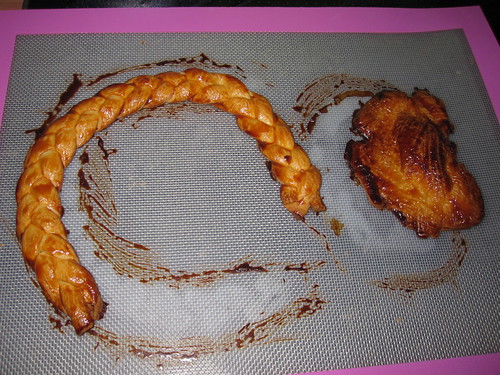
So on the morning of my birthday, I finished the vanilla custard cream, which is extremely tasty and ended up a bit firmer than it looks in the video, which was good. But bacause my basket ended up a bit larger than the one in the video, there wasn't enough vanilla custard cream. It barely filled half the basket and I struggled to cover the strawberry compote, so I've doubled the amounts in the ingredients above. It was so tasty, any left-over will not go to waste for sure.
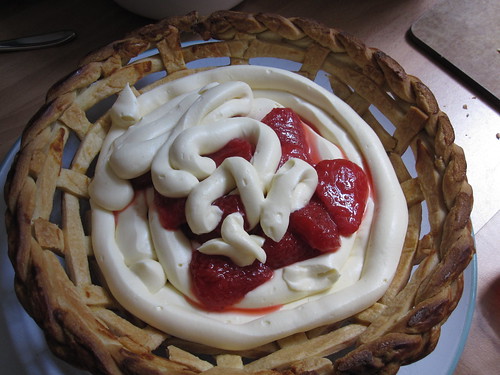
The baked fruit basket was ready just after lunchtime, so I was able to show it to my parents and my sister when it was looking its best. They were impressed. Lundulph then managed to get the barbecue going and we spent the early afternoon grilling a lot of meat and veggies before having a leisurly festive meal in the late afternoon. The fruit basket had started sagging a little, but was holding together OK. If I manage to make a tighter weave next time, it should hold even better.

The only thing is, this pastry is not possible to cut in a gracious manner. So as soon as I stuck the knife into it, it collapsed, but it was extremely tasty and light, with a very good balance of crunch from the pastry, vanilla custard and fruit. A perfect dessert for a Summer's day and it did hold together for the 4 hours between completing it and cutting it up, though it had started to sag a little. Since I had lots of fruit left over, I had placed some underneath the basket and that added a little support.
I suspect we have at least 2 more portions each to work through, so I'd say this makes enough for 6 - 8 people and for anyone who wants some extra crunch, they can take a piece from the basket handle.
I how have 4 egg whites left over, so I will be making meringues in the coming days.




